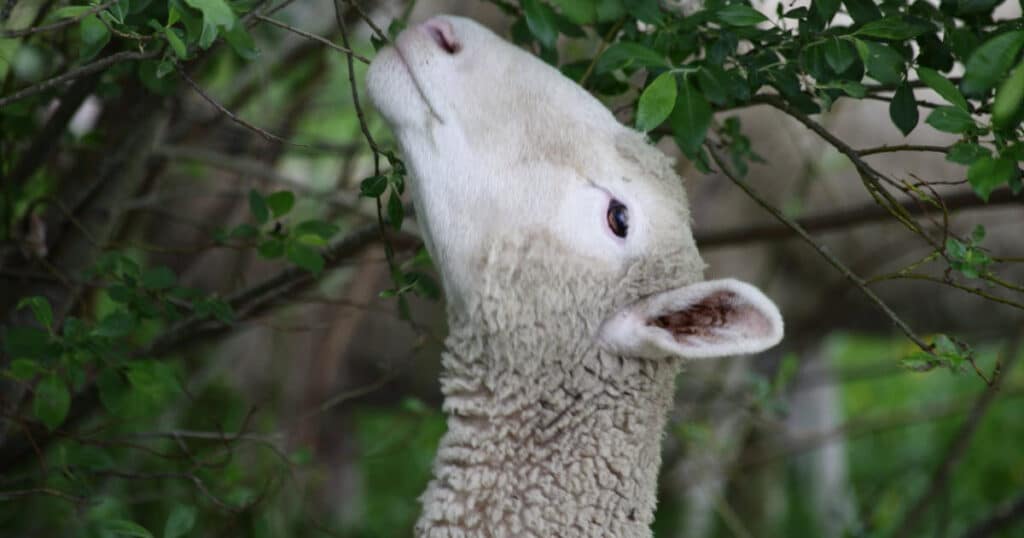To keep your sheep safe, you’ve got to know about all of the plants that are poisonous to them. Although sheep will often avoid eating these plants instinctually, this isn’t something you can count on. And there are many poisonous plants that sheep will try to eat. In this article, I will explore some common sheep poisonous plants that you may find or identify in your pastures.
These plants all pose a risk to sheep health and may lead to illness or even death. You should remove all of sheep poisonous plants from your sheep’s pastures.
After sharing the list of toxic sheep plants, I’ll discuss some of the symptoms of plant toxicity in sheep.
List of Plants that are Toxic to Sheep
Here’s a list of plants that can lead to illness or death in your sheep.
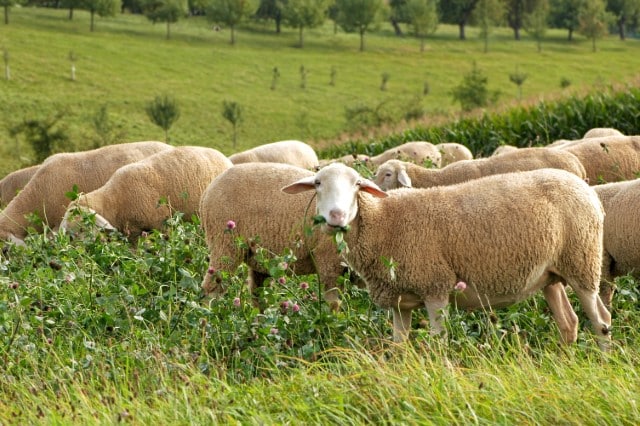
After I list them, I’ll talk about them in detail.
- Milkweed
- Common Ragwort
- Locoweed
- Arrowgrass
- Lambsquarters
- Nightshade
- Snakeroot
- Pokeweed
- St. John’s Wort
- Black Locust
- Flax
- Brackern Fern
- Iris
- Lantana
- Holly
- Morning Glory
- Wild Cherry
- Oleander
- Rhubarb
- Gambel Oak
- Yew
- Mountain Laurel
- False Hellebore
- Buckeye (horse chestnut)
- English Ivy
Now let’s take a closer look at each of these sheep poison plants so you can identify them in your pasture.
Milkweed
Milkweed can grow as tall as between two and six feet. It grows upright.
The leaves grow out of a thick stalk. They are green and big when the plant is young.
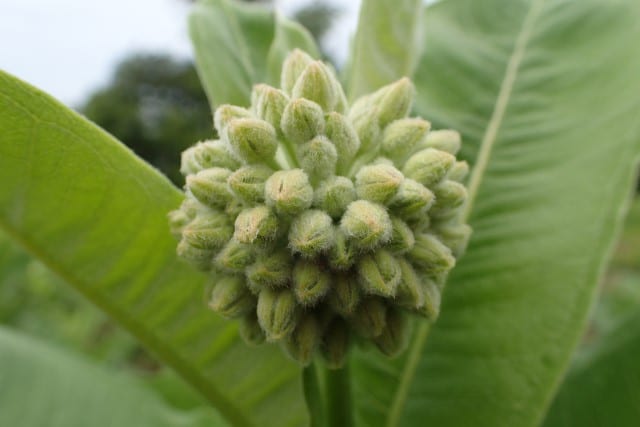
As it matures, they become a more reddish color. Young milkweed plants have waxy and dark green leaves.
Later on, they will fall from the stem and a milky substance will then come out. The flowers can be purple, orange, or pink.
It is often considered to be a weed but it is sometimes used in butterfly gardens. This plant is toxic for sheep.
Caterpillars eat it because its poison doesn’t hurt them but makes them unpalatable to predators.
Common Ragwort
If the fields where you let your sheep roam are a bit neglected, they’re even more susceptible to the growth of common ragwort.
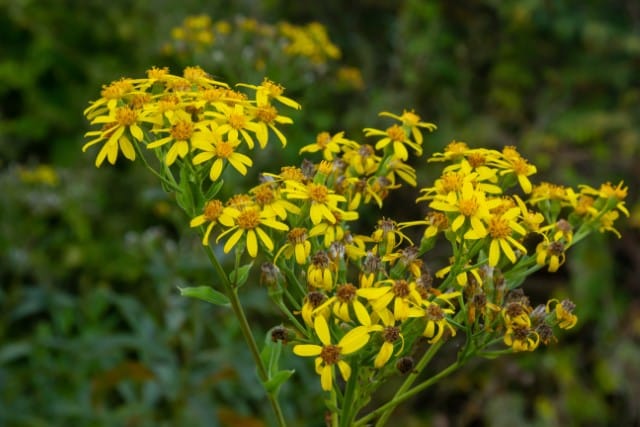
This is because it appears more often in low fertility soil. If pasture if overgrazed or under-grazed, common ragwort may quickly become a problem.
Common ragwort can poison your sheep (and other livestock).
It causes irreversible liver damage.
Locoweed
Locoweed (also sometimes called milk vetch) contains swainsonine, a poisonous compound. It is a weed found all over the southwestern United States.
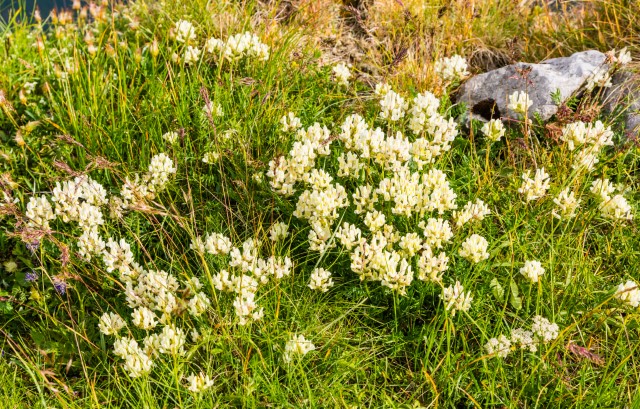
There are a number of different kinds of locoweed. Certain types are more poisonous than others.
Locoweed grows low to the ground and in clumps. Its leaves end in small leaflets.
Locoweed has pea-like flowers and legume pods. Young locoweed is the most poisonous.
Arrowgrass
A perennial, arrowgrass has leaves that resemble grass somewhat and emerge from the bottom of the plant. The leaves are dark green in color and fleshy.
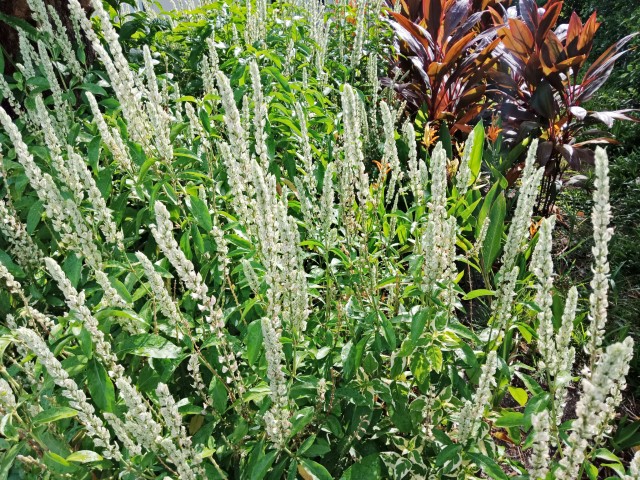
This plant’s flower stalks are slender and can grow as tall as 5 feet. Arrowgrass begins growing in the early months of the spring.
Tiny green flowers grow in dense patterns on the upper stalk in the beginning of the season. These flowers will later transform into fruit with a golden-brown color.
Lambsquarters
Chenopodium album (also known as common lambsquarters) is a broadleaf weed that grows annually.
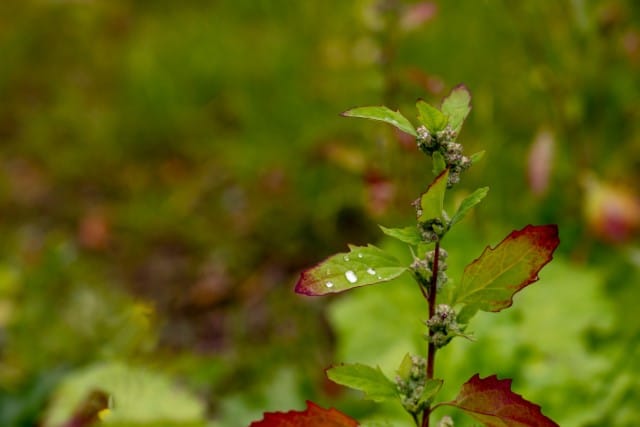
A young lambsquarter plants have green leaves that have a little bit of a blue tint on top. The undersides of the leaves are reddish-purple.
Extremely young lambsquarters have foliage that is covered with clear and reflective granules. When the plant is a bit older, the granules transform into a powdery coating that is white in color.
You will most likely see this on the undersides of the plant’s leaves.
Nightshade
There are several different kinds of nightshade and they are all plants you need to keep away from your sheep. Nightshade is very poisonous, and this is especially the case with its unripe fruits.
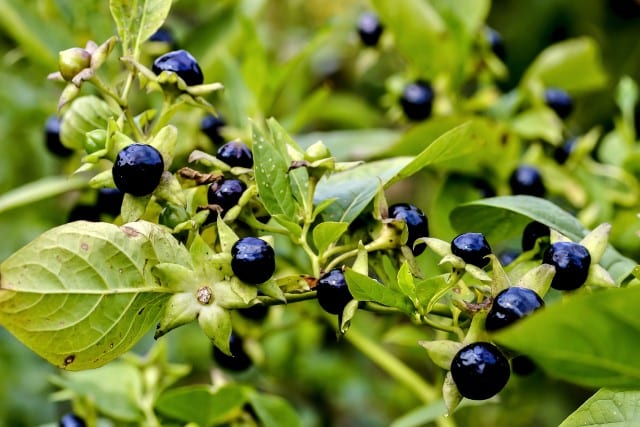
If an animal ingests nightshade, they are likely to get extremely ill or die. The more of the plant that is ingested, the more likely death becomes.
Both the leaves and the fruit, especially the immature fruit, are toxic. Some of the symptoms of nightshade poisoning include early hemorrhagic diarrhea, nasal discharge, severe gastrointestinal problems, trembling, apathy, and confusion.
Death may occur immediately or can happen three or four days after illness begins.
Snakeroot
White snakeroot may grow as high as between one and four feet tall. It is an herbaceous perennial with small groups of white flowers that grow at the end of each branch.
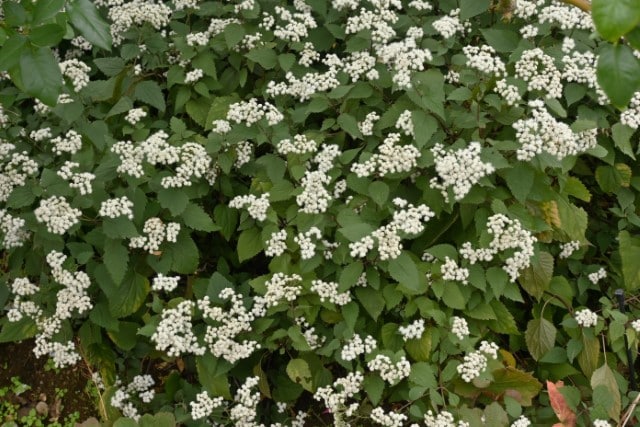
The stems have a round shape and are slender. The plant’s stems are usually a purple hue.
Tremetone is the toxic substance found in white snakeroot.
Pokeweed
Pokeweed is often found in southern and eastern parts of the United States. These weeds have purple berries and eye-catching magenta stems growing from green components of each stem.
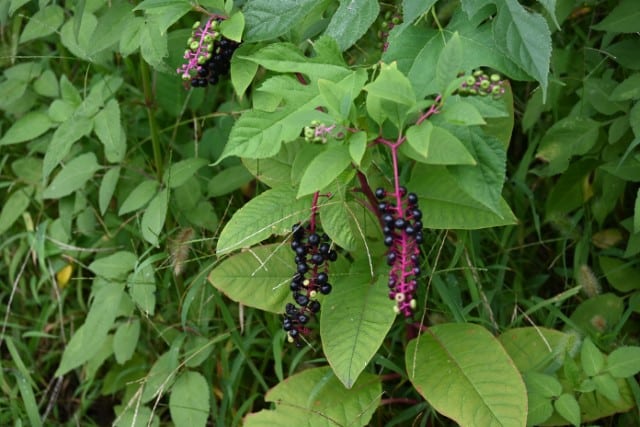
Pokeweed is an herbaceous perennial that grows in shrub form. On occasion it will even look like a small tree.
The pokeweed plant can grow as high as 10 feet. This plant’s leaves are egg-shaped and bright green in color.
The flowers are green or white, but these start to appear in early summer. Later on, these are replaced by the purple berries that appear in the late summer and early fall.
Most people consider the purple berries that pokeweed has during these times of year to be the easiest way to spot it.
St. John’s Wort
St. John’s Wort tends to be quite easy to recognize, as it grows as a small shrub and has bright yellow flowers. The center of each flower has long stamen growing out of it.
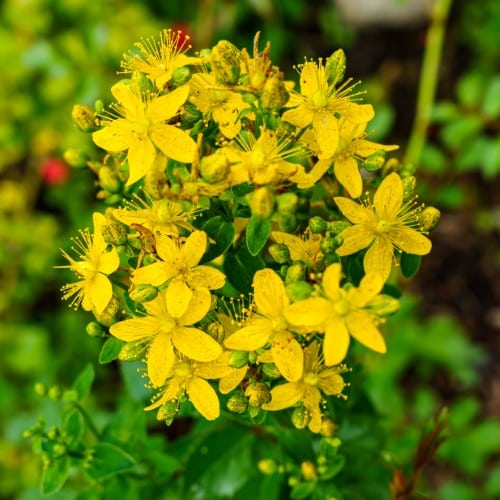
The St. John’s Wort flowers have blooms that tend to last from midsummer to fall. After that, there are colorful berries.
Black Locust
There are numerous toxic compounds in the black locust tree, including in its flowers, bark, leaves, sprouts, and seed pods.
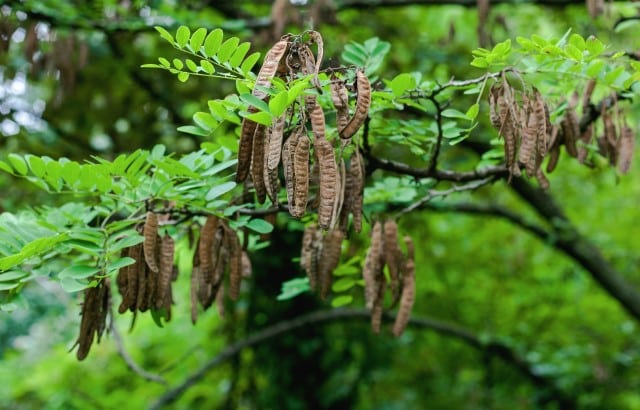
Black locust can poison sheep and cause symptoms such as a rapid and irregular heartbeat, a weak pulse, pupil dilation, diarrhea, posterior paralysis, and weakness.
Flax
This one is probably a bit of a surprise. After all, flaxseed and flaxseed oil are so beneficial to humans.
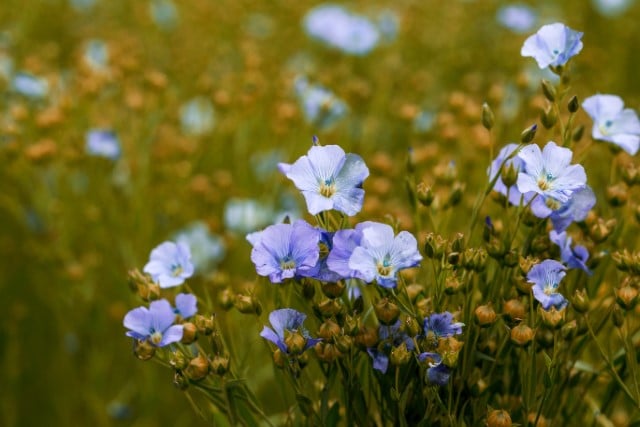
It’s definitely not something you want your sheep to eat, though.
Bracken Fern
This plant is common in many parts of the United States. It is a large fern and is often found in woodlands and gardens.
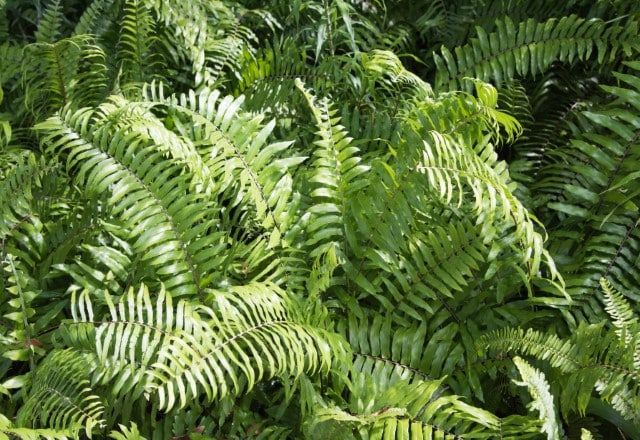
A Bracken fern will normally get to a height of between three and four feet (or one meter). In some cases, they can stretch as high as seven feet.
This fern’s fronds start to show up early in the spring.
Iris
There are many different kinds of iris plant. Depending on the type, an iris flower might be purple, white, blue, or yellow. There are even some multi-colored irises.
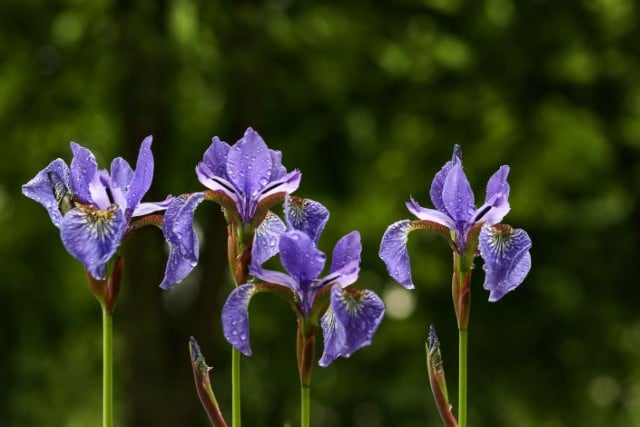
Lantana
There are several different types of lantana and they can be seen in a variety of colors.
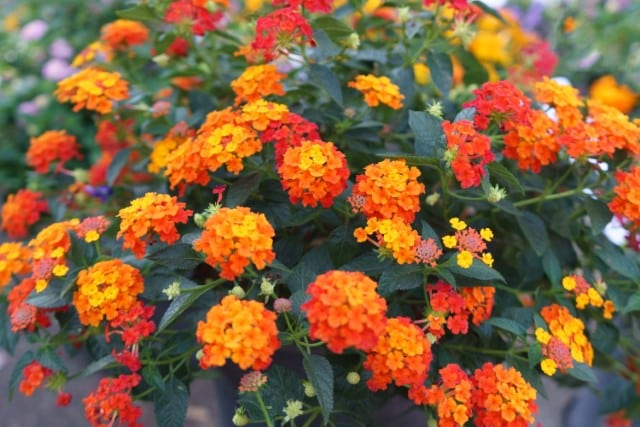
This plant often attracts hummingbirds and butterflies.
Holly
Holly bushes grow distinctively red berries and leaves with sharp edges.
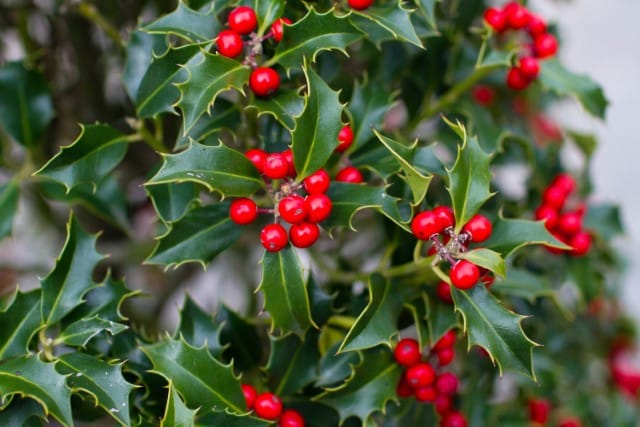
Morning Glory
Morning glory’s seeds are toxic to sheep and have a hallucinogenic effect. In addition to sheep, pigs, goats, and cows can also be poisoned by morning glory.
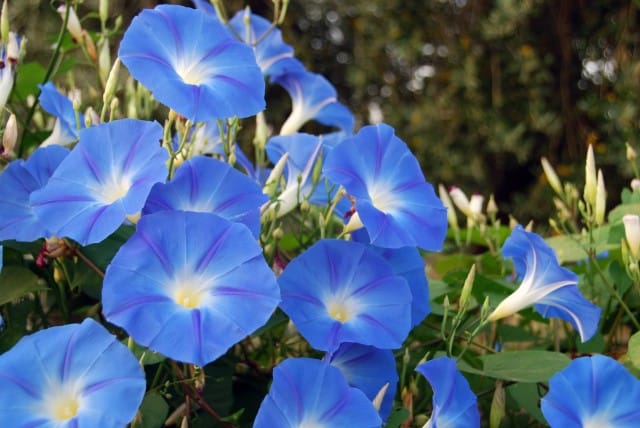
The morning glory has leaves with a heart shape and thin stems. The flowers are seen in a variety of colors, including magenta, white, purplish blue, and pink.
Hummingbirds and butterflies are attracted to morning glories. Morning glories can tolerate drought and they tend to grow quickly.
This plant blooms between early summer and the first frost of the year.
Wild Cherry
The leaves of wild cherry are poisonous and can lead to convulsions, staggering, dilated pupils and eye rolling. Death will occur within hours if a sheep eats a large amount.
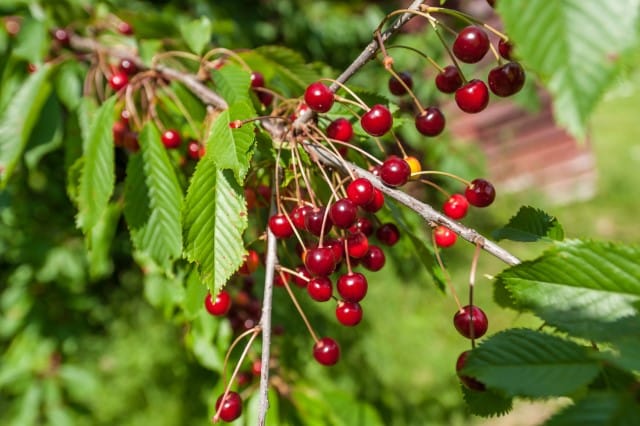
Wild cherry trees have dark bark with a reddish tint. The trunk tends to have a shiny look.
Mature wild cherry trees are extremely resilient, able to live as many as 60 years. Leaves on wild cherry have pointed tips and you will find a couple of red glands at the base of each leaf on the stalk.
Oleander
Oleander is also called rose laurel. While it can be as big as a small tree, it usually presents as a shrub with pink or white flowers.
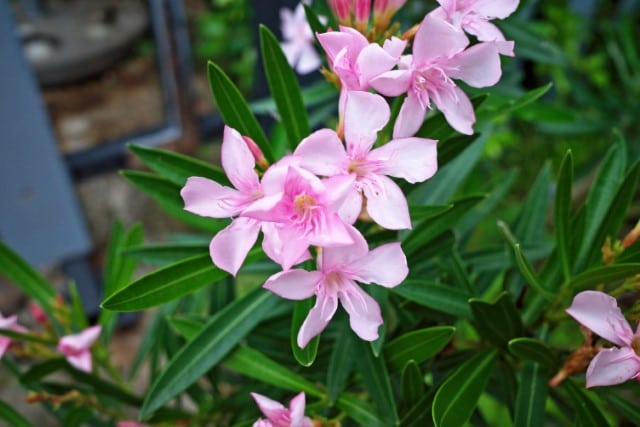
An oleander plant can be as tall as 25 feet.
Rhubarb
The leaves of the rhubarb plant are poisonous to sheep.
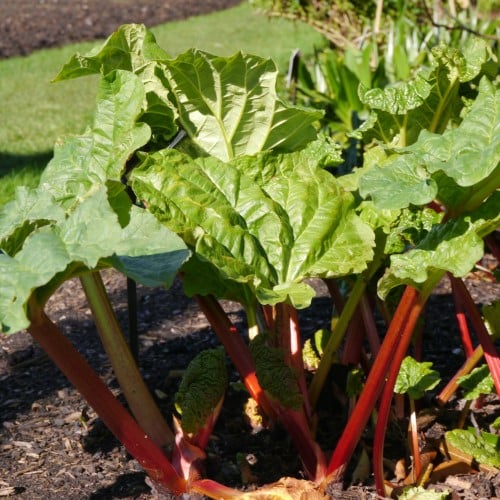
A rhubarb plant has a stalk that is a bit rosy in color, as well as green leaves.
Gambel Oak
This plant is also called Gambel oak. It’s a shrub (in some cases a small tree) and can grow to between 15 and 20 feet in height. Gambel oak tends to grow in dry foothills as well as mountain slopes.
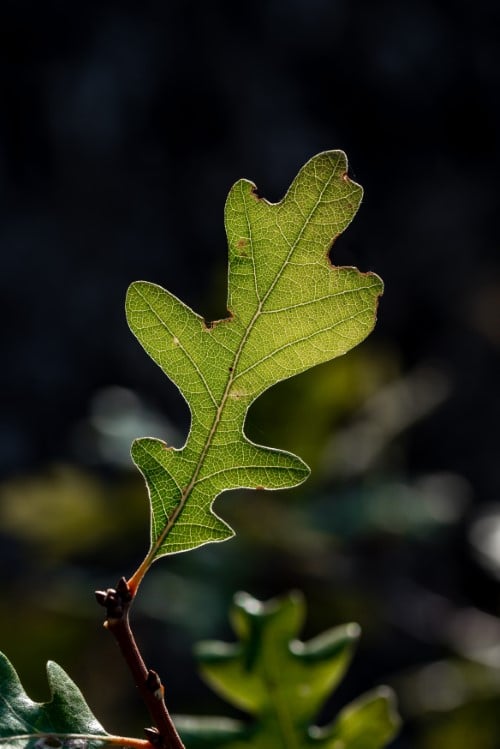
The leaves, acorns, and bark have tannins that effect sheep’s kidneys and intestinal tract in a way that produces dangerous toxins.
While this plant can poison sheep at all stages of its growth, it will be especially poisonous in the spring. This is when the plant’s flower buds and leaves will be most active.
Yew
Yew is a shrub and there are three common varieties of it: Canada yew, English yew, and Japanese yew. There are also hybrids.
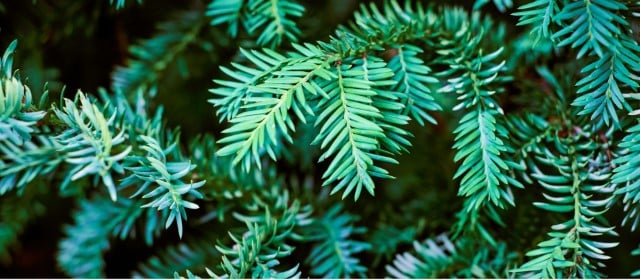
The seeds and needles of yew plants will poison sheep, goats, and cattle. They contain many toxic alkaloids.
The most dangerous of these toxic alkaloids primarily attack the heart.
Mountain Laurel
Mountain laurel has beautiful flowers that flourish in late spring and summer. It also has eye-catching evergreen foliage.
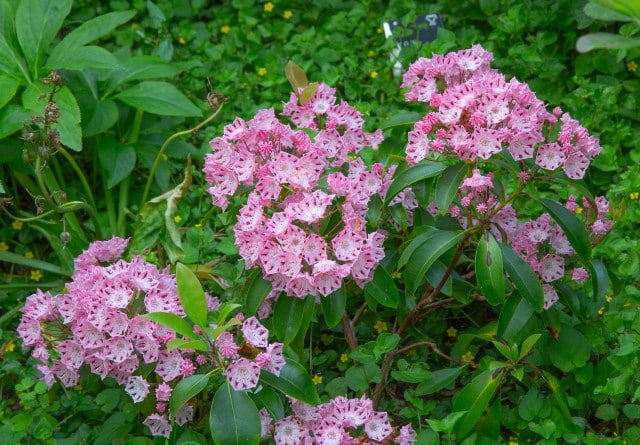
This plant grows naturally in eastern regions of the United States. Mountain laurel is sometimes referred to as the calico bush.
The white or pink flowers often have dark pink markings.
False Hellebore
There are different varieties of the false hellebore in North America. There are several different names used to describe them, including Indian poke plants, white hellebore, corn lily, swamp hellebore, American false hellebore, bear corn, earth gall, and others.
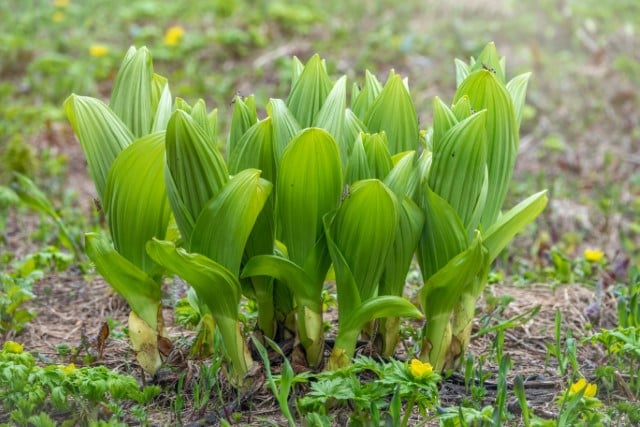
False hellebore can poison sheep from the beginning of its growth. It tends to be more poisonous early in its growth.
The roots of false hellebore are much more poisonous than the stems and leaves. The whole of the false hellebore plant contains steroidal alkaloids, which are poisonous to sheep.
False hellebore plants can be as tall as 1.5 to 2 meters.
Buckeye (Horse Chestnut)
Buckeye (also called horse chestnut) is extremely toxic. Its poison is found in the nuts, young sprouts, and leaves of the plant.
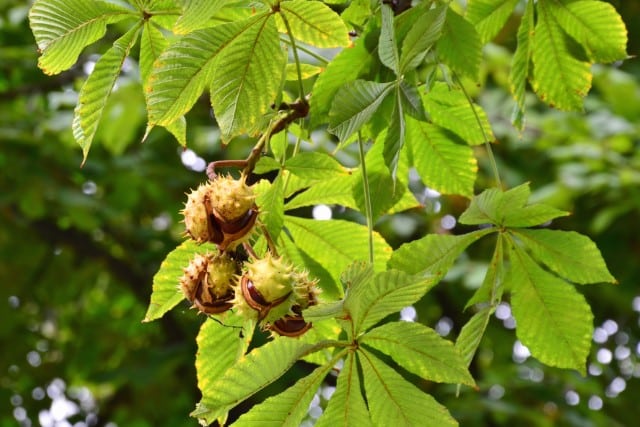
Buckeye attacks the animal’s central nervous system. Some of the symptoms of buckeye (horse chestnut) poisoning include severe trembling, staggering, vomiting, and weakness.
There is often clouding of the mucous membranes and pupil dilation. There is frequently a coma before death.
English Ivy
English ivy is a climbing plant that is poisonous to sheep.
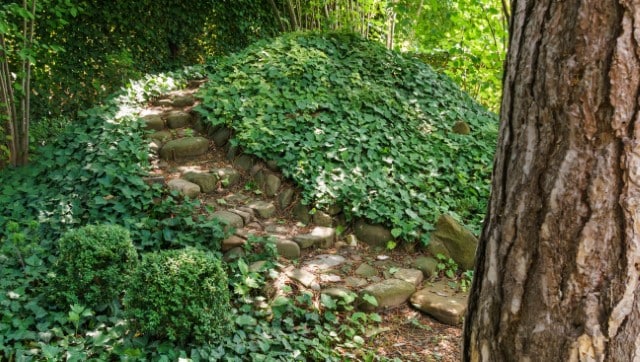
Some of the symptoms of English ivy poisoning may include diarrhea, nausea, excessive salivation, and excitement.
Symptoms of Plant Toxicity in Sheep
It’s vital to know about sheep poisonous plants and remove them from the pasture before sheep are allowed within it. If an animal ends up ingesting a poisonous plant, it may be difficult or impossible to treat and severe illness and/or death may result.
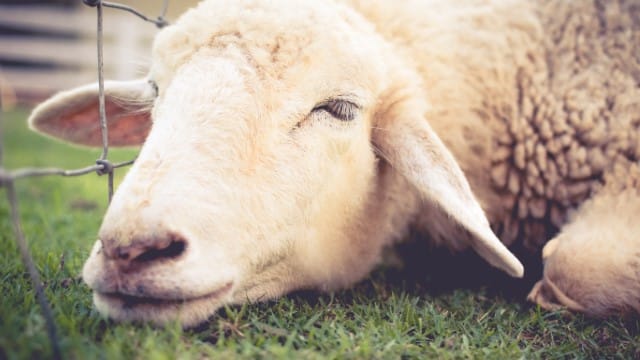
The specific signs and symptoms of poisoning will vary from plant to plant, but there are some general ones that you can keep top of mind. If you suspect that a sheep has been poisoned, it’s essential to get veterinary assistance as soon as you possibly can.
Of course, if your sheep exhibit any of the signs or symptoms we talk about below and they turn out not to have ingested a toxic plant, they probably have some kind of illness and will still likely need treatment.
- Bloating
- Refusing to eat
- Convulsions
- Vomiting
- Problems breathing
- Avoiding the other members of the flock
- Drinking an excessive amount of water
- Fatigue
- Apathy
- Keeping head down
- Confusion
Be Prepared to Keep Your Sheep Safe
As a sheep farmer, you need to remove all toxic plants from places where you sheep will roam and graze.
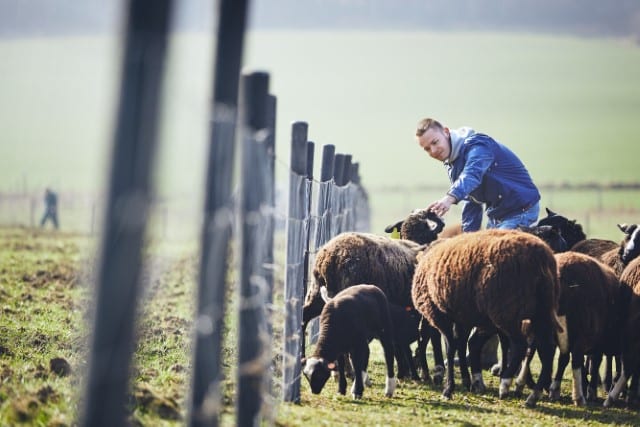
If you leave any such plants in these areas, you run a very real risk of losing sheep to illness and death, causing issues in your production and threatening the viability of your farm.
Remember that if several sheep eat from a poisonous plant, you could potentially lose numerous members of the flock.
Final Take-Away About Sheep Poisonous Plants
Use this list of plants dangerous to sheep as a useful resource over the long term. As we’ve seen here, there are many plants poisonous to sheep, and you’ve got to watch out for all of them.

